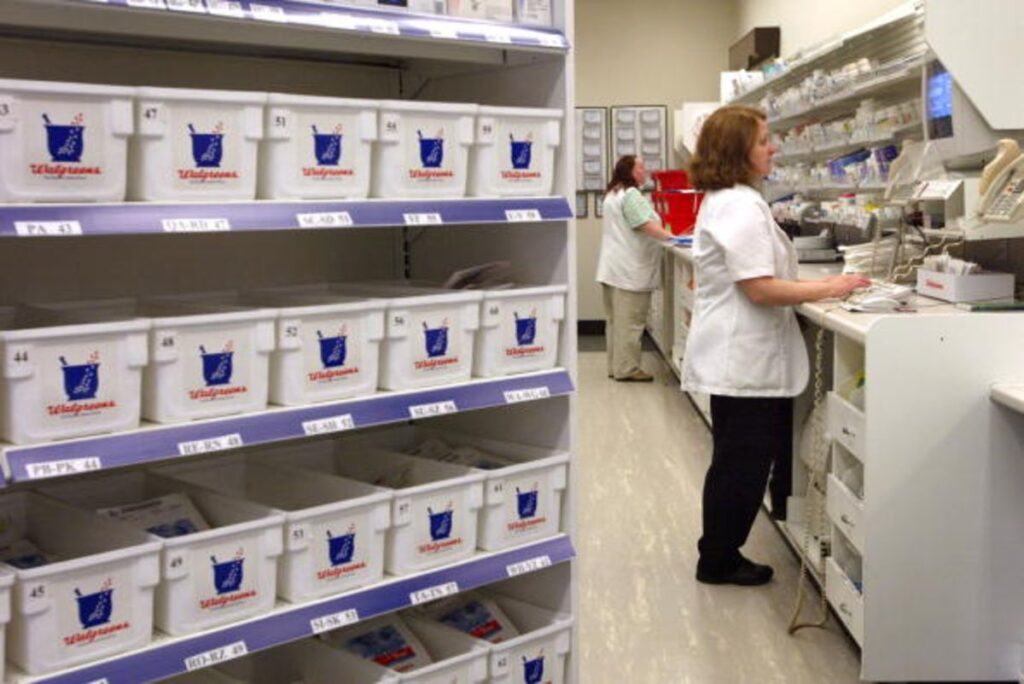
Americans pay far more for branded prescription drugs than people in any other developed nation, exactly the kind of bad deal that President-elect Donald Trump decried repeatedly in his campaign. The U.S. was reminded of this outrage in September when it learned that drugmaker Mylan NV has been charging Americans more than $600 for its EpiPen two-pack while selling it for only $69 in the U.K.
Why does this kind of inequality persist? The main reason is that, by law, Medicare and Medicaid cannot use their volume purchasing power to negotiate lower prices, as do health agencies in virtually all other developed nations.
Were U.S. health agencies to do the same, however, the collective negotiating power of all these nations would beat down prices so much that drug companies would not have the funds to conduct the research and development that produces life-saving drugs and advances in treatment.
So how can we protect R&D and have drug prices that are fairer to Americans? The “most favored nation” convention under international trade law suggests a solution. Under MFN, the 164 member-nations of the World Trade Organization accord each other equal reciprocal treatment in trade, generally with respect to tariffs, import quotas and other trade restrictions.
MFN doesn’t extend to product prices. But there is an equivalent commercial convention, “most favored customer status,” also known as a “best price” clause, which obligates the seller to offer the buyer a price equal to or better than that offered to any other customer.
Congress should pass a law empowering U.S. health agencies to use a best-price clause in their purchases of (or reimbursement for) prescription drugs that are sold both in the U.S. and in other wealthy developed nations — nations that should be helping to shoulder R&D costs.
Poorer nations would continue to enjoy discounted prices, an arrangement parallel to the Trade-Related Aspects of Intellectual Property Rights convention that allows suspension or modifications of strict patent law so that lifesaving medicines can be made available to underdeveloped nations at prices they can afford.
While federal health-care agencies would be mandated to impose a best-price clause, they would still be prohibited from negotiating actual prices. The effect of the clause would be to prevent drug companies from capitulating to foreign national health services demanding drastically overdiscounted prices, since that price would apply in the U.S., which accounts for about half of global prescription drug sales. The clause would have its greatest impact on branded drugs. Generic drugs are not the problem.
Prices would level out across the globe, at way below U.S. prices and far above those charged in other well-off countries. Finally, Americans would get a fair shake, albeit not directly as individuals but in terms of federal health-care spending. The clause would not apply to the private health-care market in the U.S.
Lipitor, the best-selling drug of all time, provides a good example of how this might work. In 2008, while still under patent protection, Pfizer’s worldwide Lipitor sales reached more than $12.4 billion, half in the U.S. and half outside.
According to the International Federation of Health Plans, an association of about 80 insurers in 25 countries, Pfizer sold a month’s prescription of Lipitor (specifically, 30 10-milligram pills) for a rough average of $45 abroad, mostly to national health authorities ($33 in Canada, $53 in France, $48 in Germany, $40 in the U.K. and so on.). Applying this $45 price to $6.2 billion in 2008 sales implies unit sales of about 138 million prescriptions.
According to experts, Pfizer sold the same Lipitor prescription amount in the U.S. in 2008 for a very rough average of $80 wholesale (translating into about 78 million prescriptions).
Under the proposed best-price clause, a generally uniform global price would have emerged. Pfizer could have sold the same total unit volume of Lipitor (216 million prescriptions) at a uniform price of about $57.50 and generated the same $12.4 billion in revenue — a price 30 percent below the 2008 U.S. wholesale price, a savings of about $1.9 billion for Americans.
Foreigners have marveled at the windfall they enjoy under the current arrangement. As Thomas Sackville, who was the chief executive officer of the International Federation of Health Plans in 2008 and a former U.K. undersecretary of state for health, said at the time, “It’s good for us, but seems a raw deal for you Americans.”
It is an outrage that Americans pay vastly higher prices for prescription drugs than wealthy Europeans. The proposed best-price policy would end the gouging of Americans that favors wealthy foreigners, and remove a major reason that their national health-care systems enjoy lower costs than ours.
As appeared in Bloomberg on Nov. 16, 2016.
![]()
Red Jahncke is a nationally recognized columnist, who writes about politics and policy. His columns appear in numerous national publications, such as The Wall Street Journal, Bloomberg, USA Today, The Hill, Issues & Insights and National Review as well as many Connecticut newspapers.


